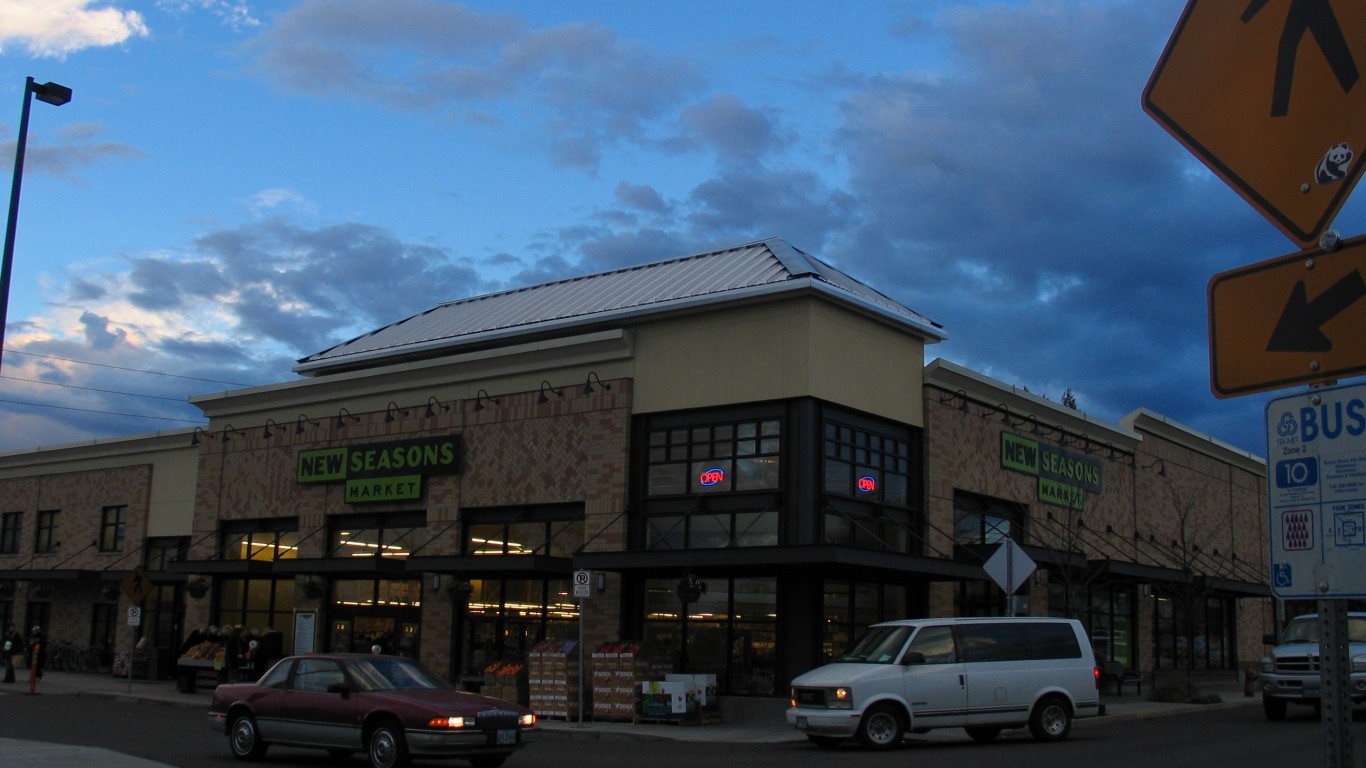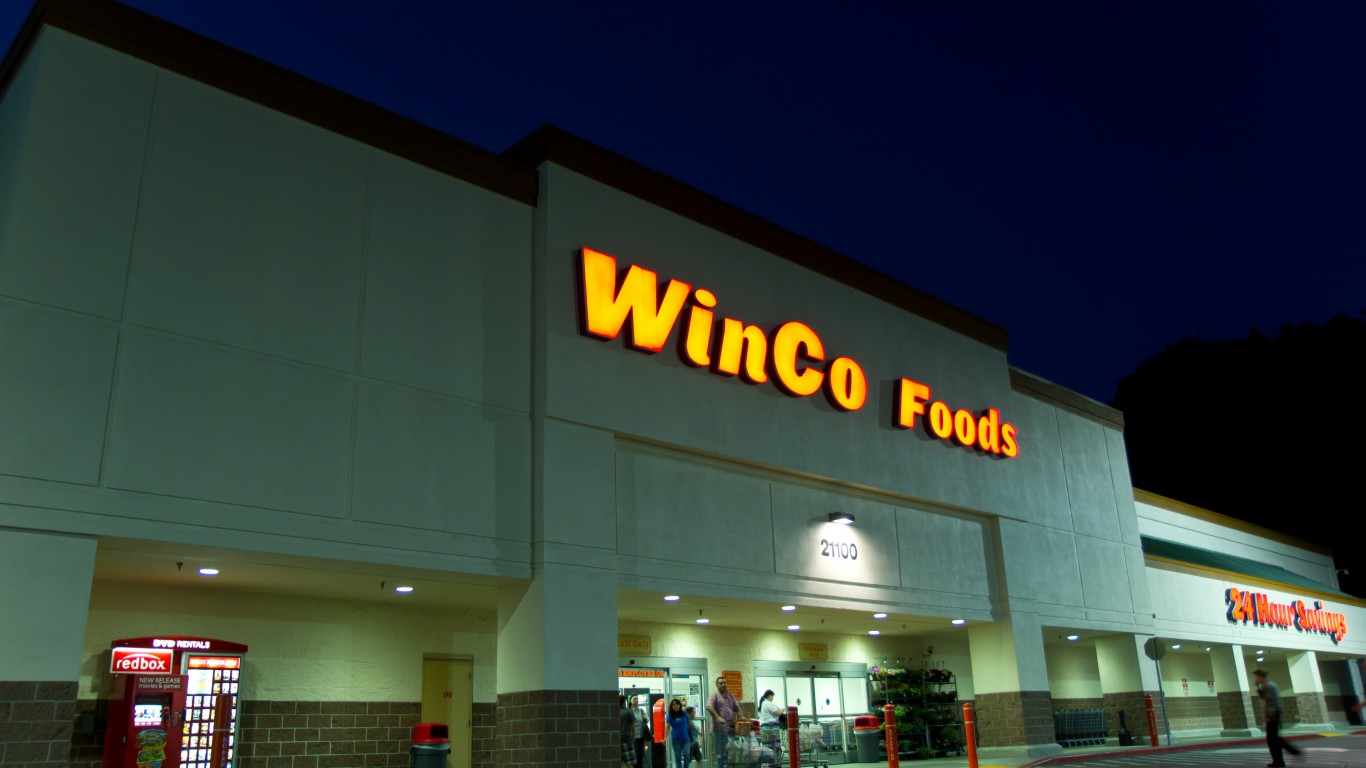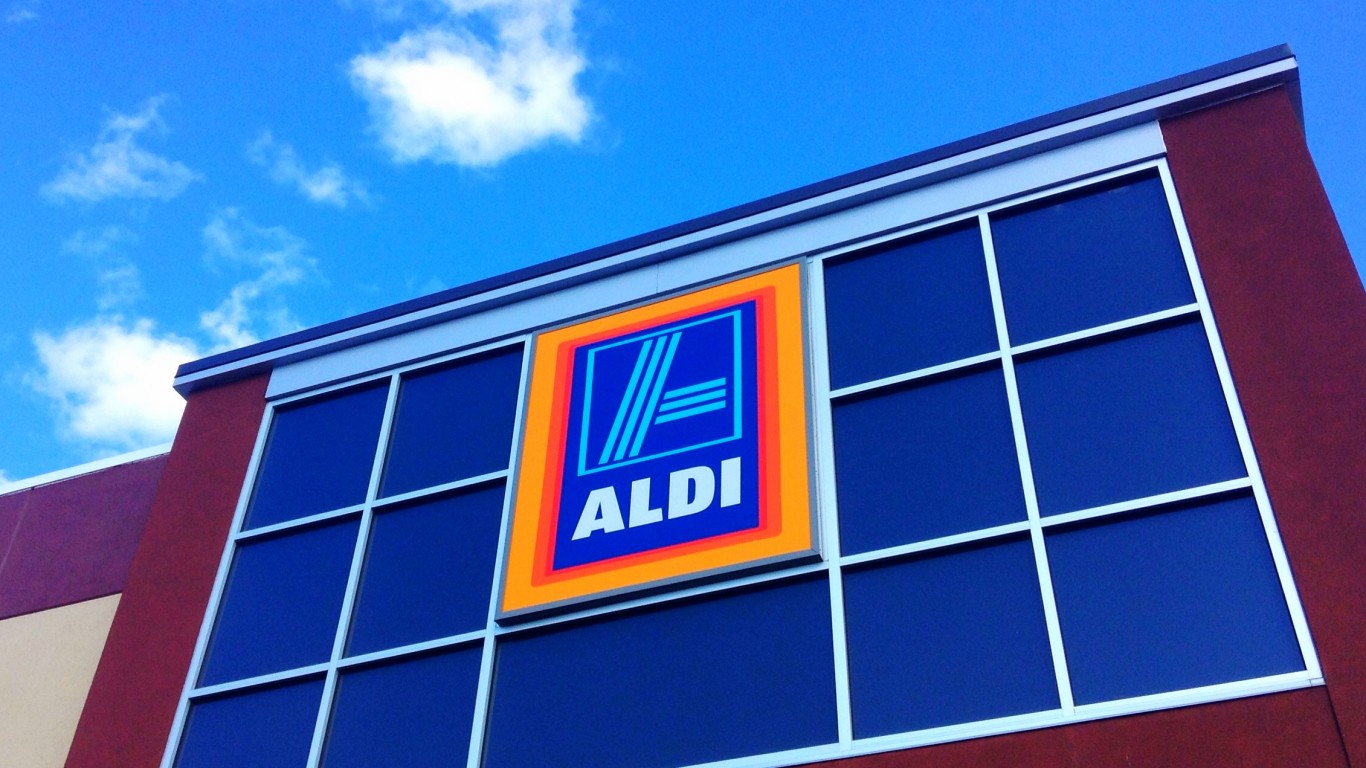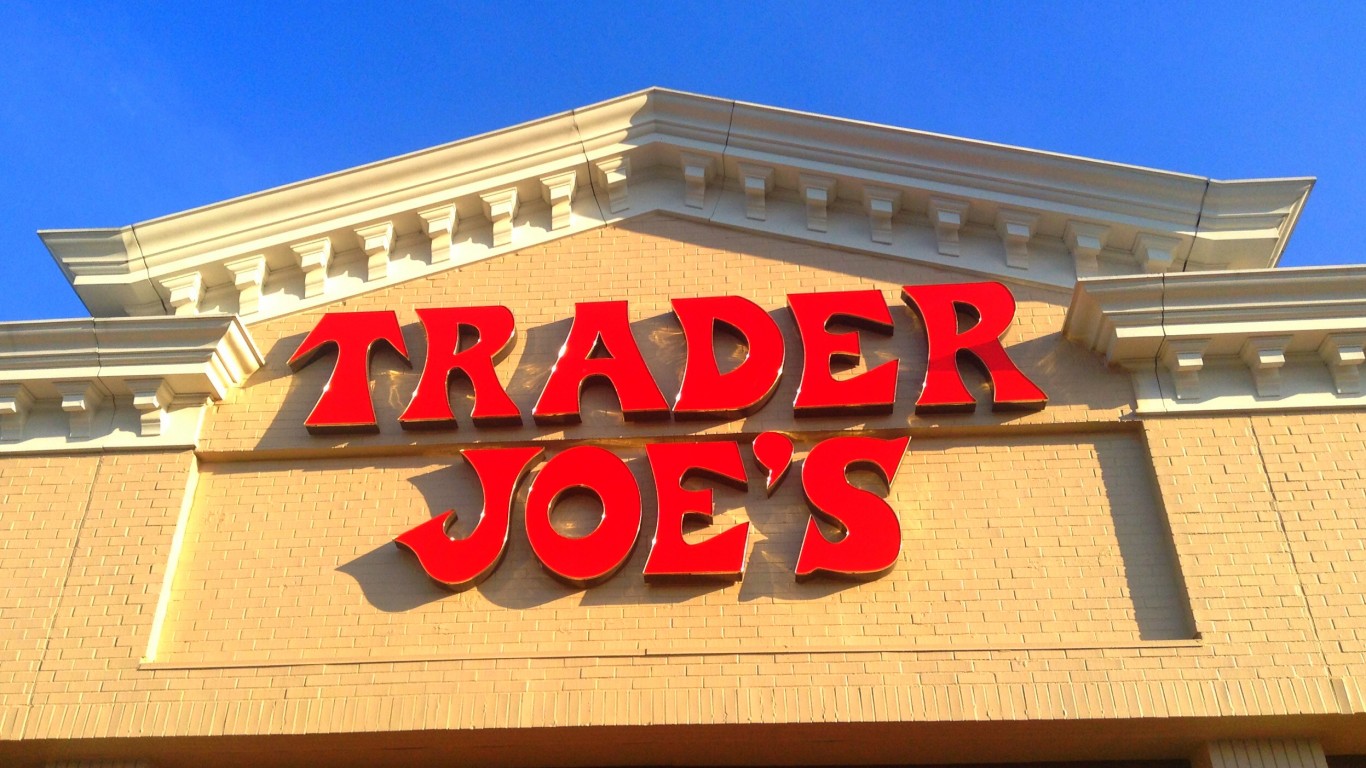
American supermarkets are a wonderment — treasure houses of produce, canned goods, meats and poultry, seafood, dairy products, baked goods, frozen foods, beverages (including alcoholic ones in some states), household necessities, ready-to-eat foods (ranging from sushi to pastrami sandwiches to rotisserie chicken), and more.
According to the Food Marketing Institute, the average U.S. supermarket carries more than 33,000 different items. No wonder such places can be immense. The median size of markets in the country is 41,561 square feet, almost an acre. A location of the Woodman’s chain in Kenosha, Wisconsin, covers almost six times that much area.
Of the roughly 40,000 grocery stores in the U.S., more than 26,000 are classed as conventional supermarkets, meaning that they stock a full line of groceries, meat, and produce — as opposed to natural foods or “gourmet” markets, dollar stores, or warehouse operations that may offer limited selections. These are the most popular grocery stores in every state.
Which of these stores, many of which belong to nationwide or major regional chains, are best? Numerous authorities, ranging from culinary publications to trade journals to the estimable Consumer Reports have published rankings in the recent past. Such factors as quality and variety of products offered, price, cleanliness, and service, among others, are considered.
Based on a number of these sources, 24/7 Tempo has assembled a list of the best supermarkets in America.
Some markets on the list are small (Stew Leonard’s, on the East Coast, numbers only seven stores) while others have hundreds of locations (the German-owned Aldi discount chain has 2,000-plus). Some are limited to a single state or metro area, while others span the country.
Click here to see the best supermarkets in America
To identify the best supermarkets in America, 24/7 Tempo reviewed U.S. supermarket rankings published by Food and Wine, USA Today’s 10 Best, The Daily Meal, Market Force, and Consumer Reports. We created an index based on each grocery store chain’s number of occurrences in these lists and its average rank compared with other supermarkets. Each chain’s number of locations was drawn from company publications.
Walmart, which is often classed as the largest single grocery retailer in America, doesn’t make the cut. Another large-scale chain, the membership-only Costco, does. (Check this list of surprisingly good Costco, Walmart, and Target products.)
Big or small, local or widespread, all of these are the right places to buy food.
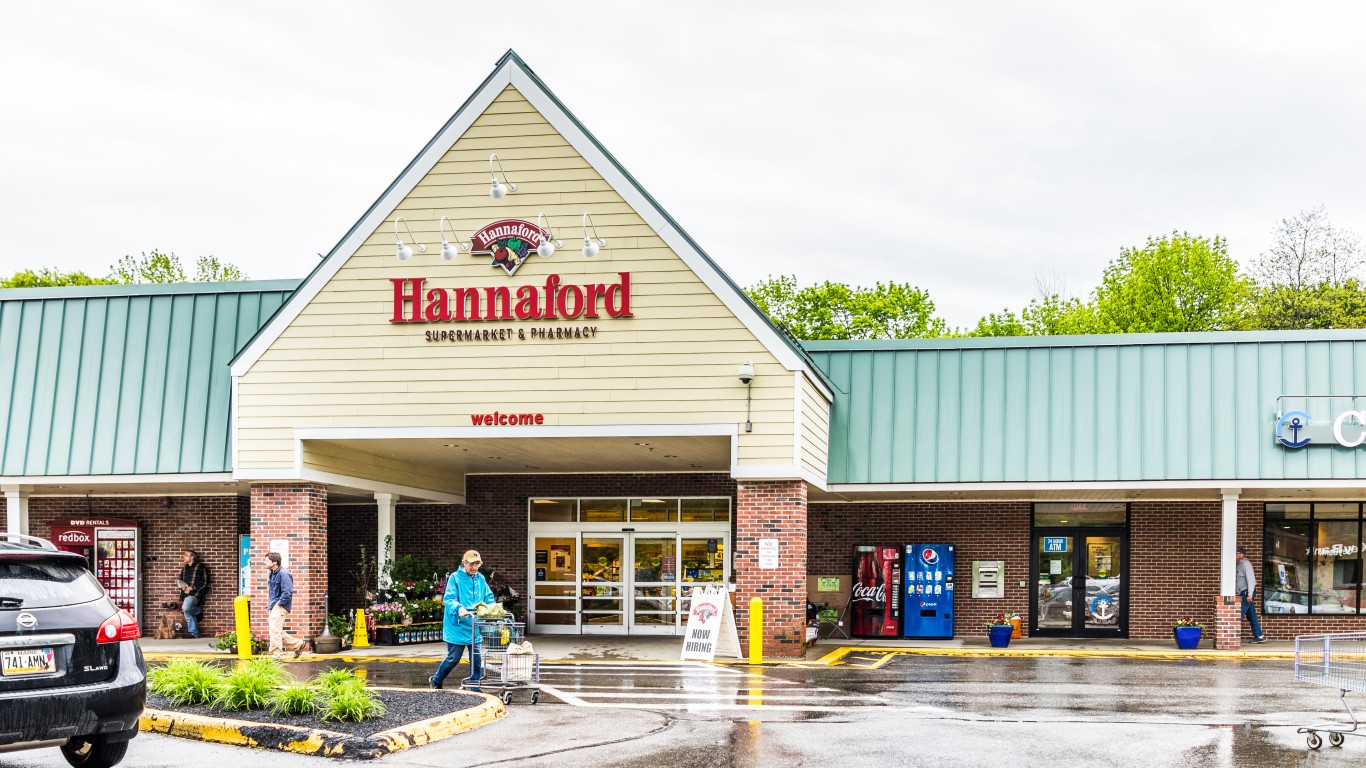
22. Hannaford
> Region: New England, New York State
> US stores: 63
[in-text-ad]

20. Sprouts Farmers Market
> Region: Nationwide
> US stores: 362

19. Meijer
> Region: Midwest
> US stores: 259
[in-text-ad-2]
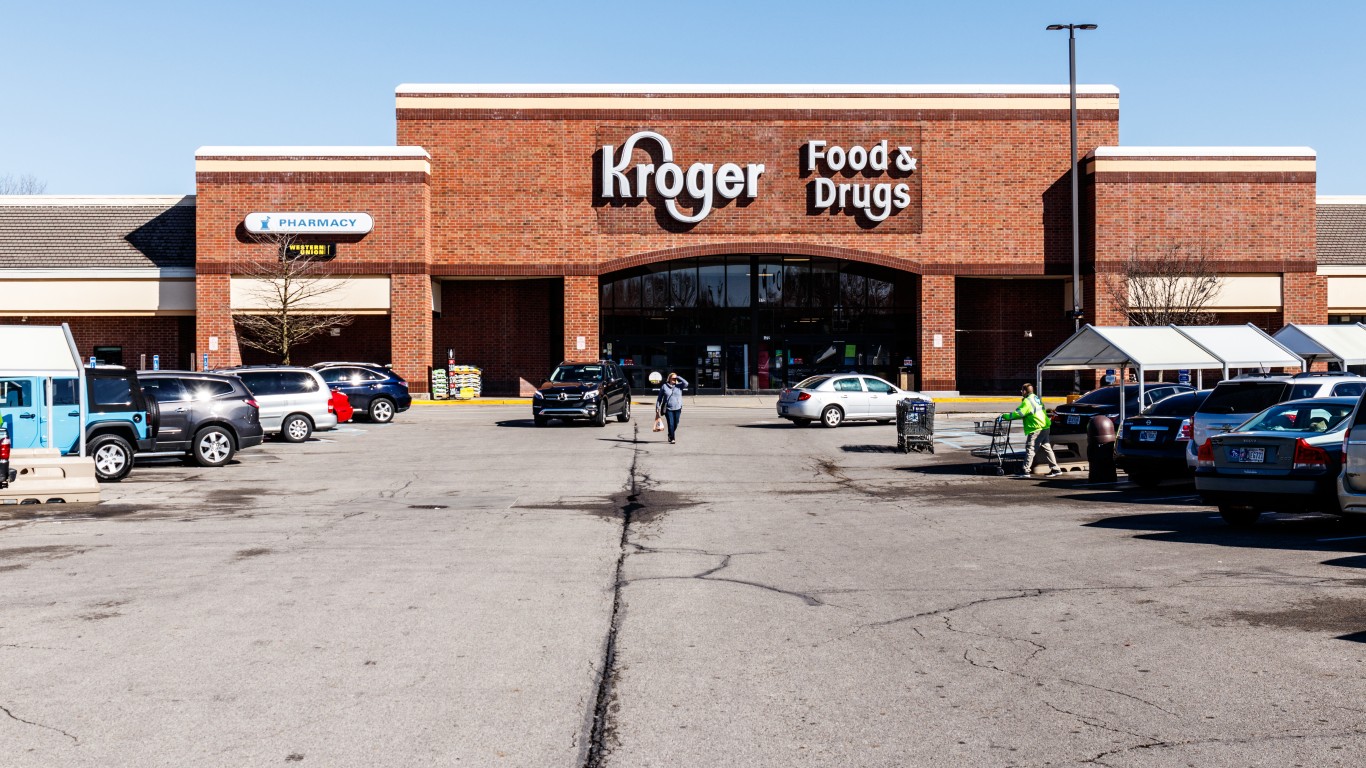
18. Kroger
> Region: Midwest and Southeast
> US stores: 2,800

17. Whole Foods Market
> Region: Nationwide
> US stores: 505
[in-text-ad]
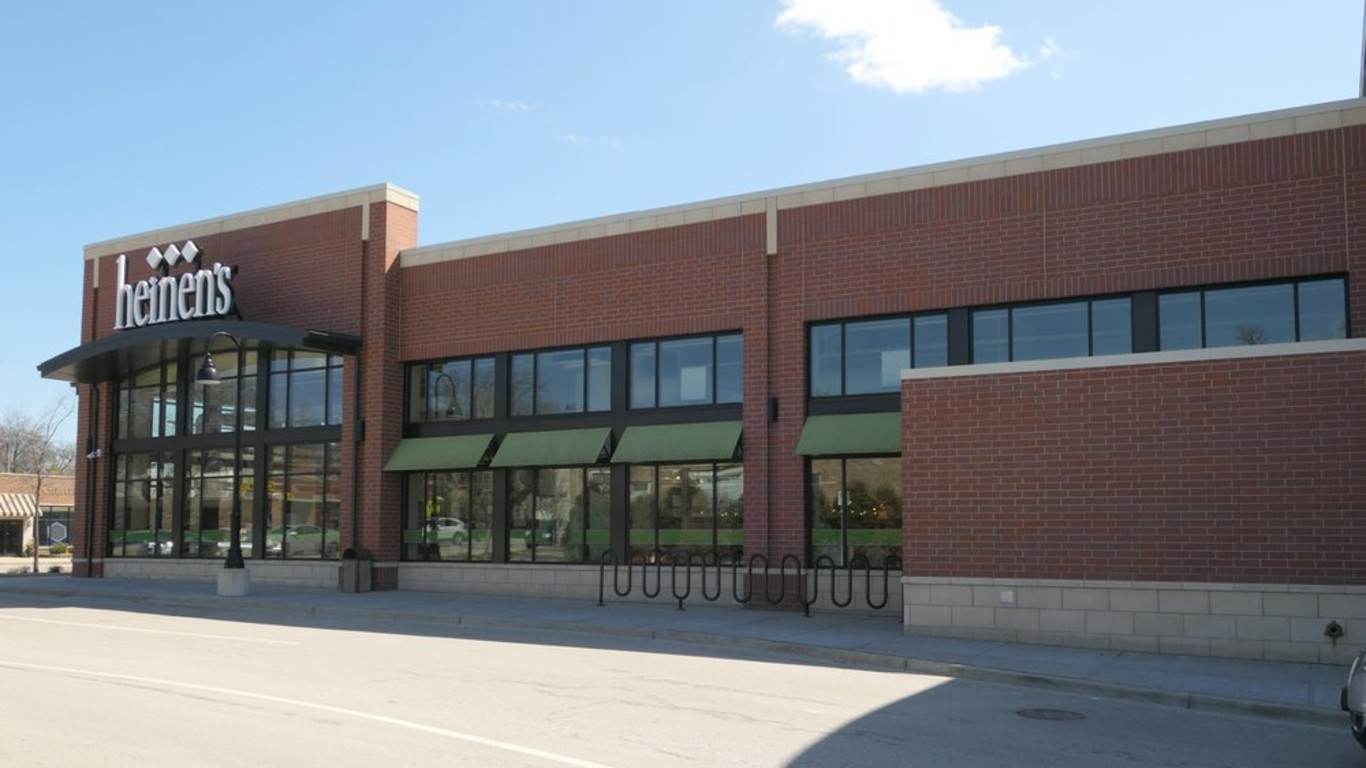
16. Heinen’s
> Region: Northeastern Ohio, Chicago metropolitan area (Illinois)
> US stores: 23
15. New Seasons
> Region: Oregon, Washington state, Northern California
> US stores: 19
14. Stew Leonard’s
> Region: East Coast
> US stores: 7
[in-text-ad-2]
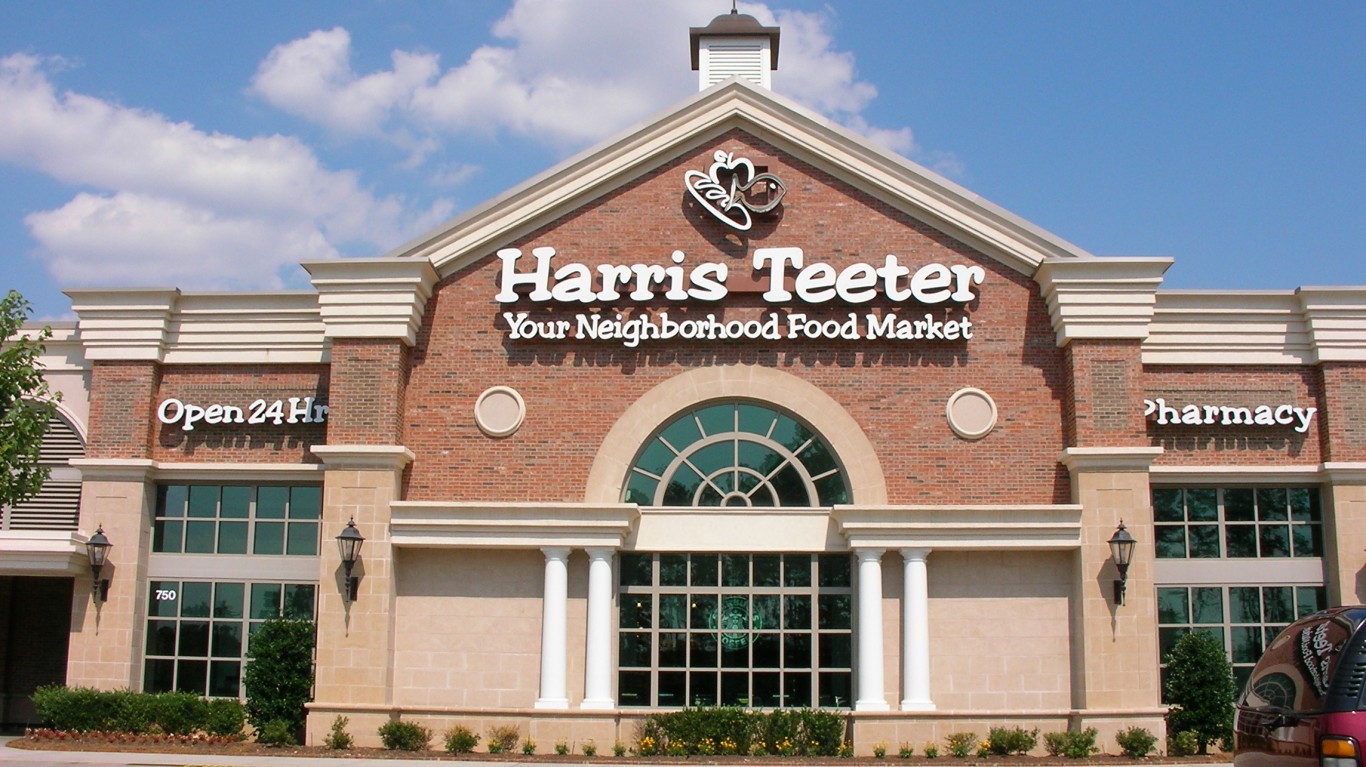
13. Harris Teeter
> Region: Southeast, District of Columbia
> US stores: 230
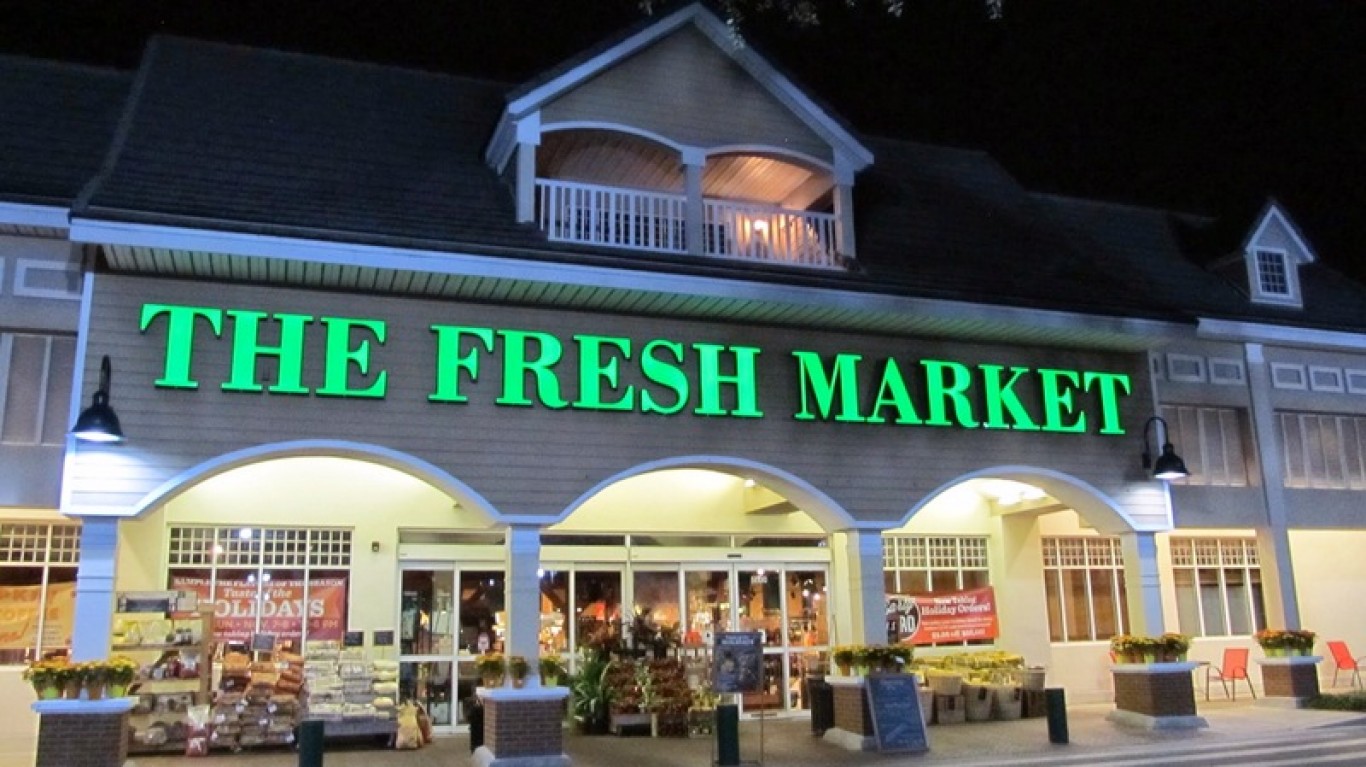
12. The Fresh Market
> Region: 24 states
> US stores: 159
[in-text-ad]
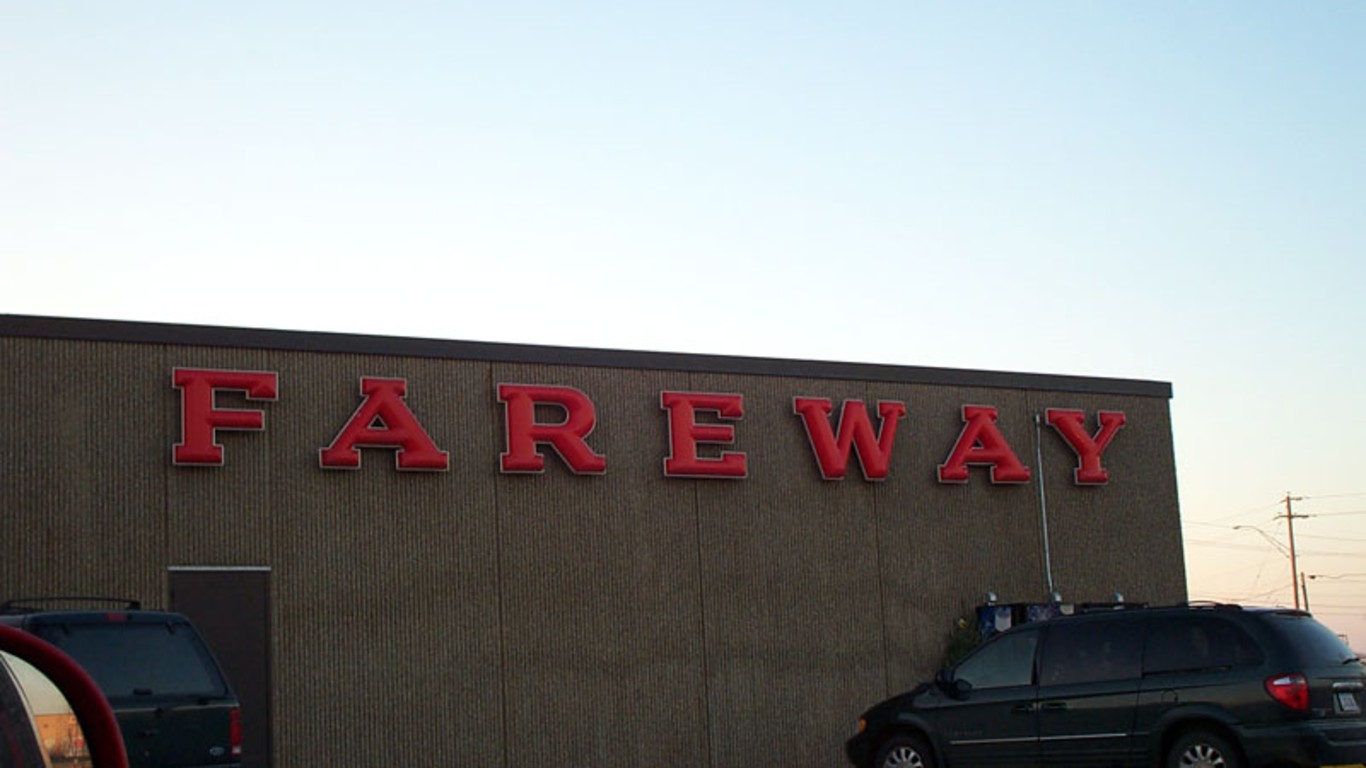
11. Fareway Stores
> Region: Midwest
> US stores: 124
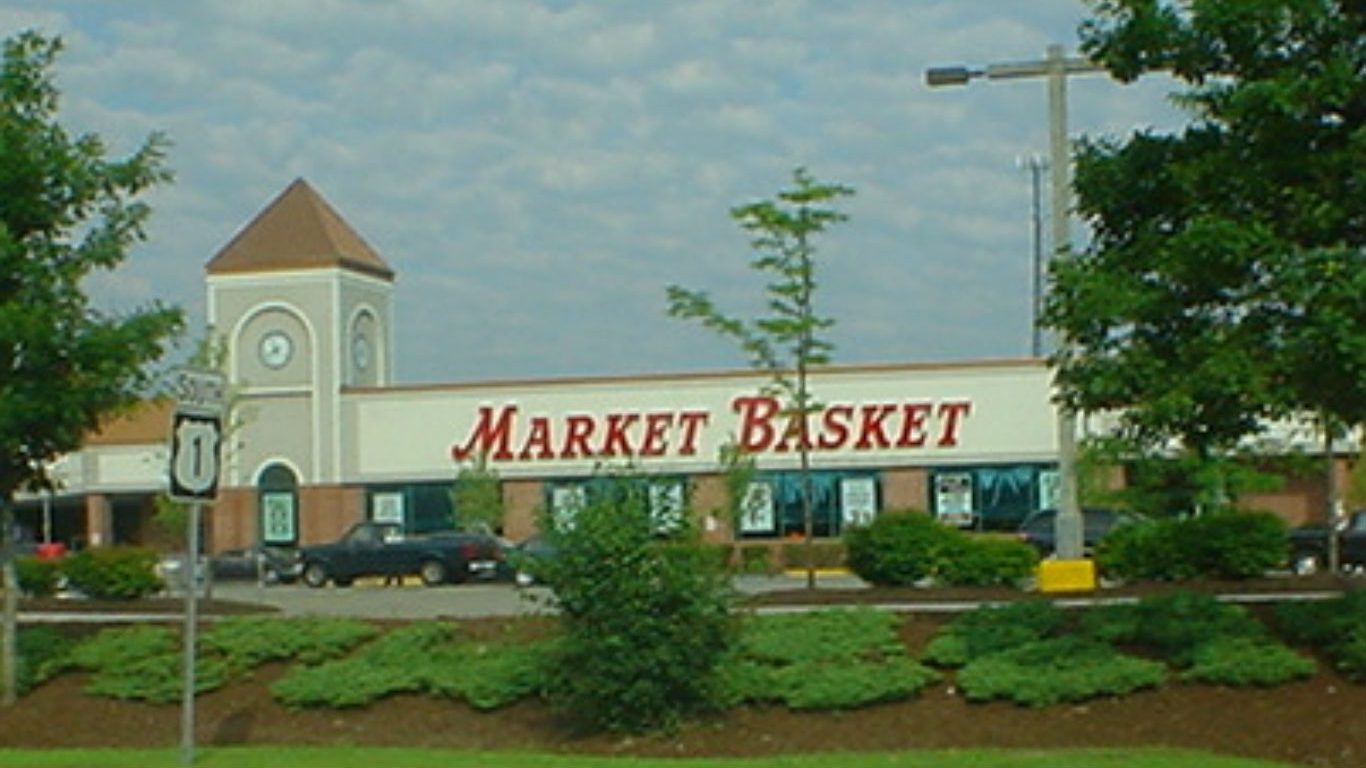
10. Market Basket
> Region: New England
> US stores: 85
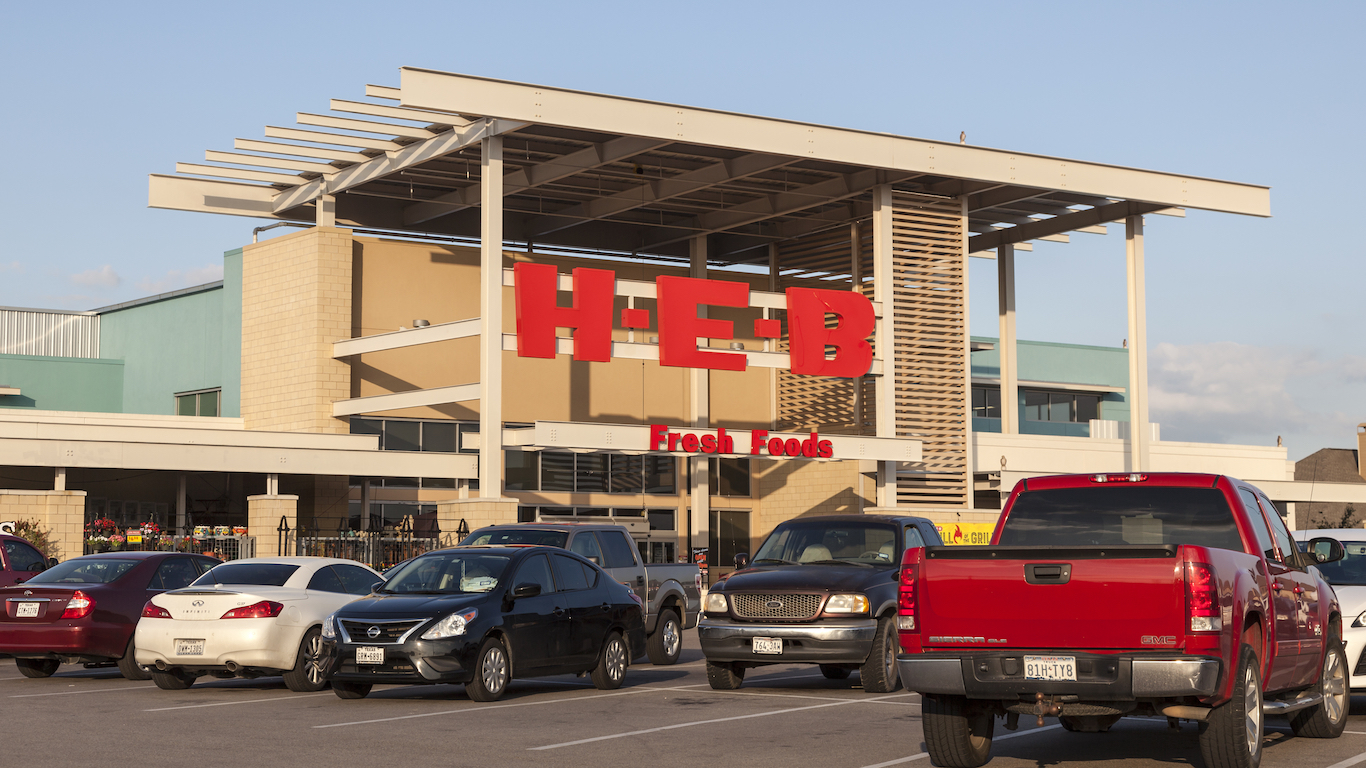
9. H-E-B
> Region: Texas
> US stores: 420
[in-text-ad-2]
8. WinCo
> Region: Western and Midwestern
> US stores: 131
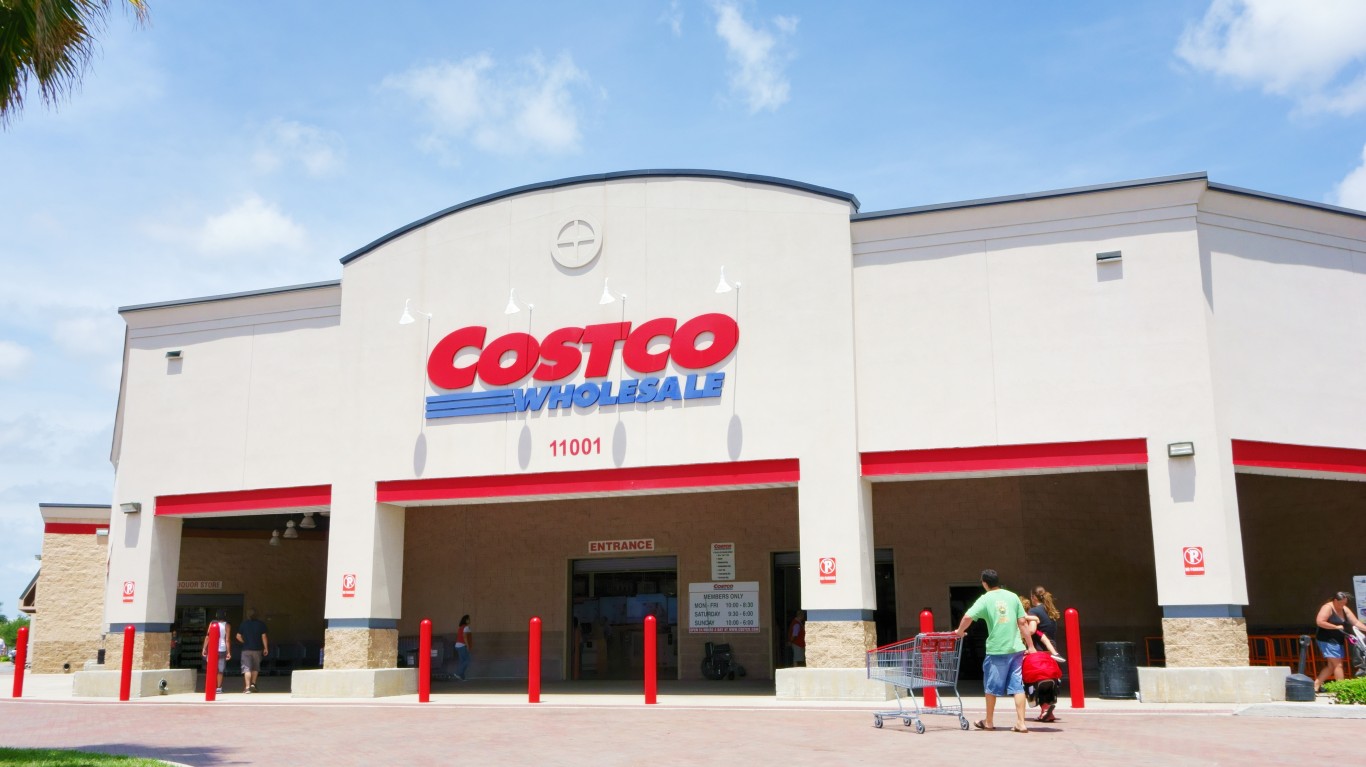
7. Costco
> Region: Nationwide
> US stores: 804
[in-text-ad]
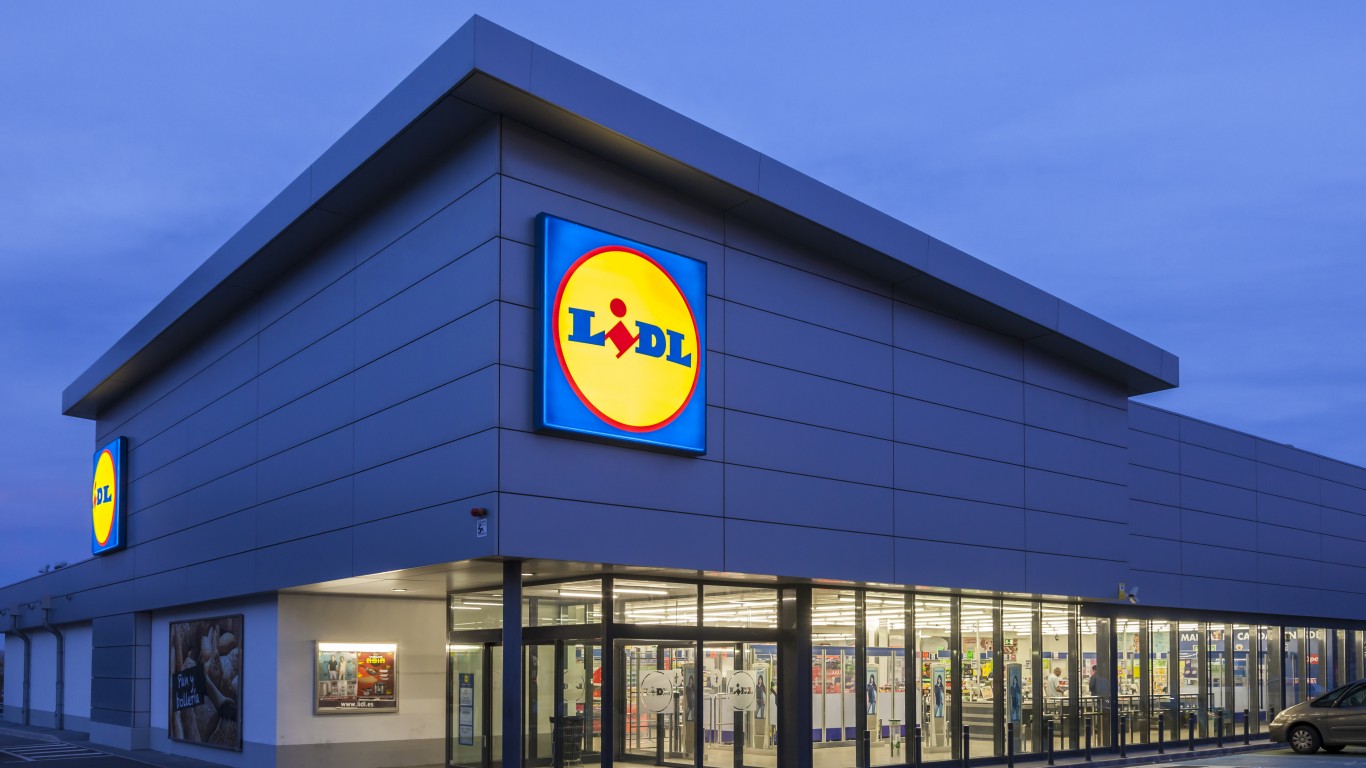
6. Lidl
> Region: East Coast, Southeast
> US stores: 146

4. Hy-Vee
> Region: Midwest
> US stores: 265
[in-text-ad-2]
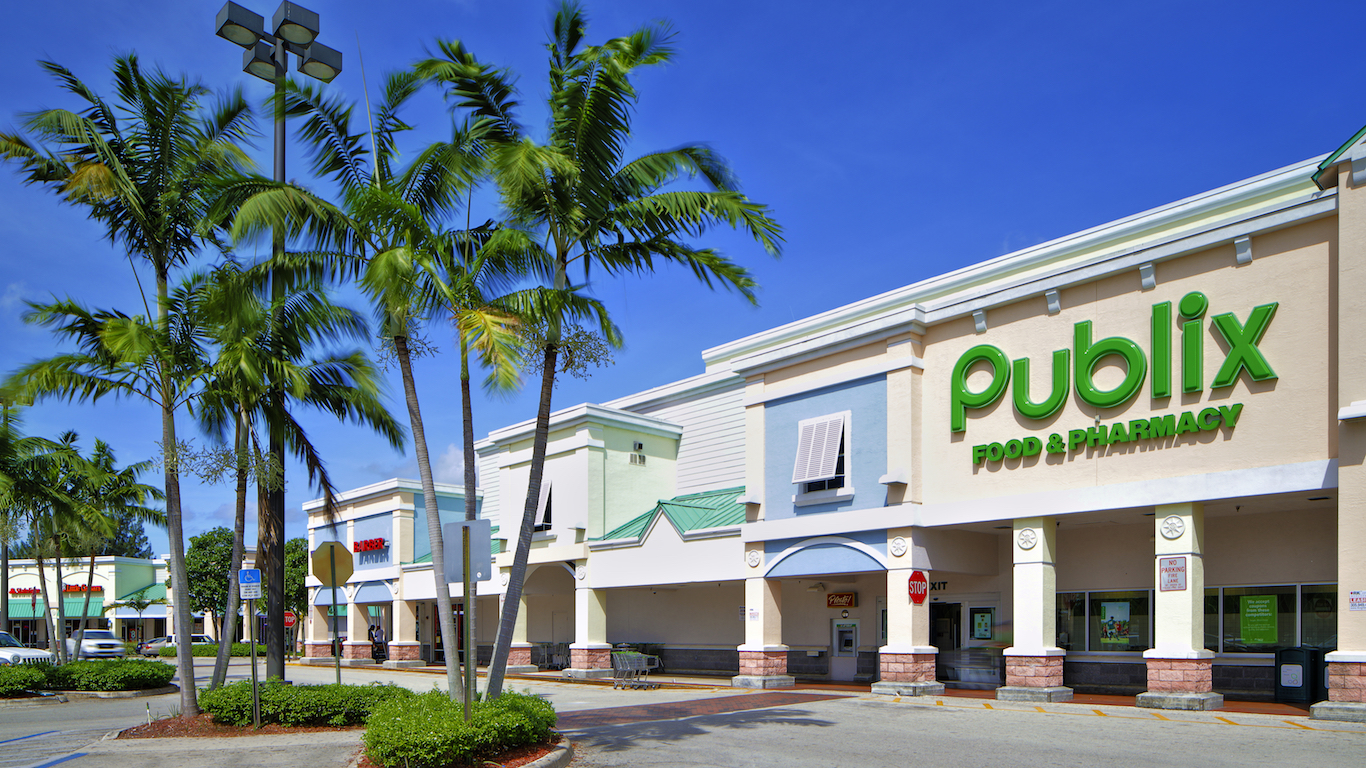
3. Publix
> Region: Southeast
> US stores: 1,270
2. Trader Joe’s
> Region: Nationwide
> US stores: 534
[in-text-ad]
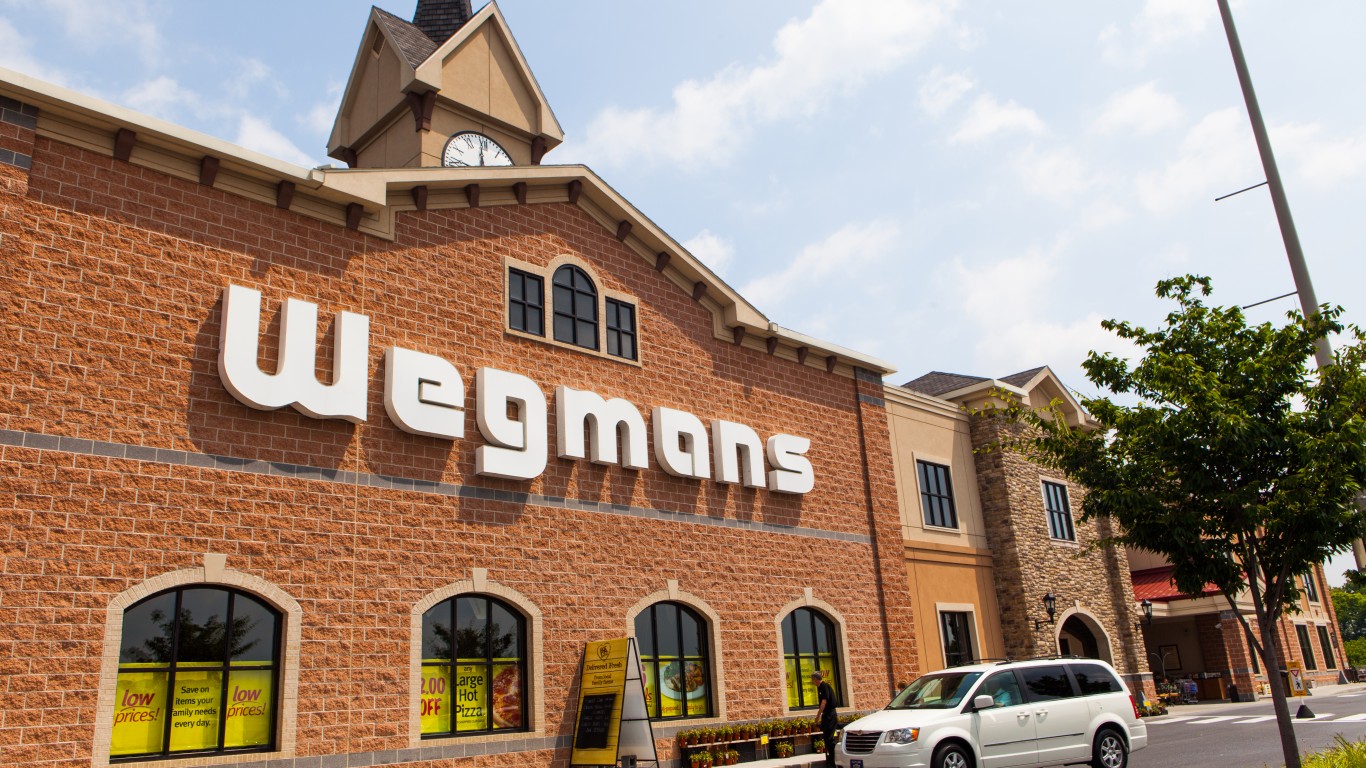
1. Wegmans
> Region: East Coast, Southeast
> US stores: 105
Travel Cards Are Getting Too Good To Ignore
Credit card companies are pulling out all the stops, with the issuers are offering insane travel rewards and perks.
We’re talking huge sign-up bonuses, points on every purchase, and benefits like lounge access, travel credits, and free hotel nights. For travelers, these rewards can add up to thousands of dollars in flights, upgrades, and luxury experiences every year.
It’s like getting paid to travel — and it’s available to qualified borrowers who know where to look.
We’ve rounded up some of the best travel credit cards on the market. Click here to see the list. Don’t miss these offers — they won’t be this good forever.
Thank you for reading! Have some feedback for us?
Contact the 24/7 Wall St. editorial team.
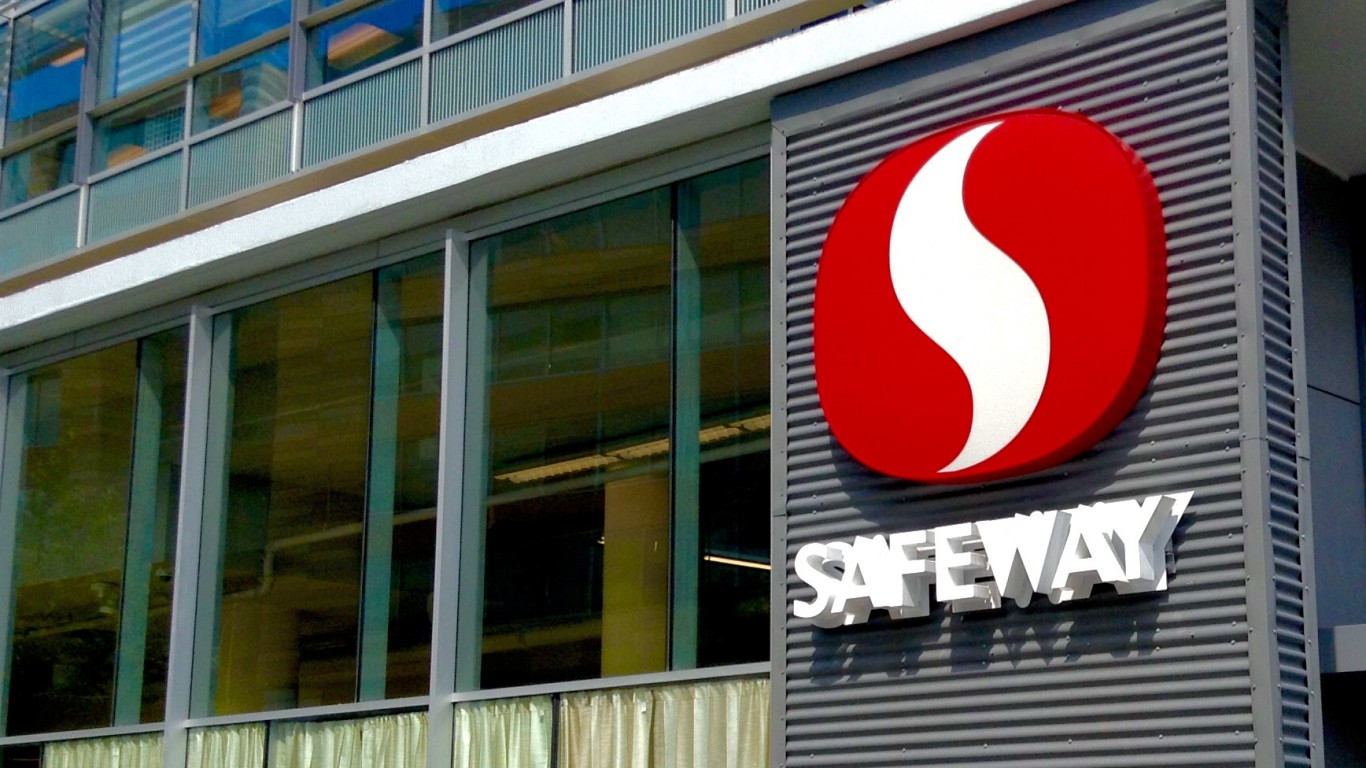
 24/7 Wall St.
24/7 Wall St.